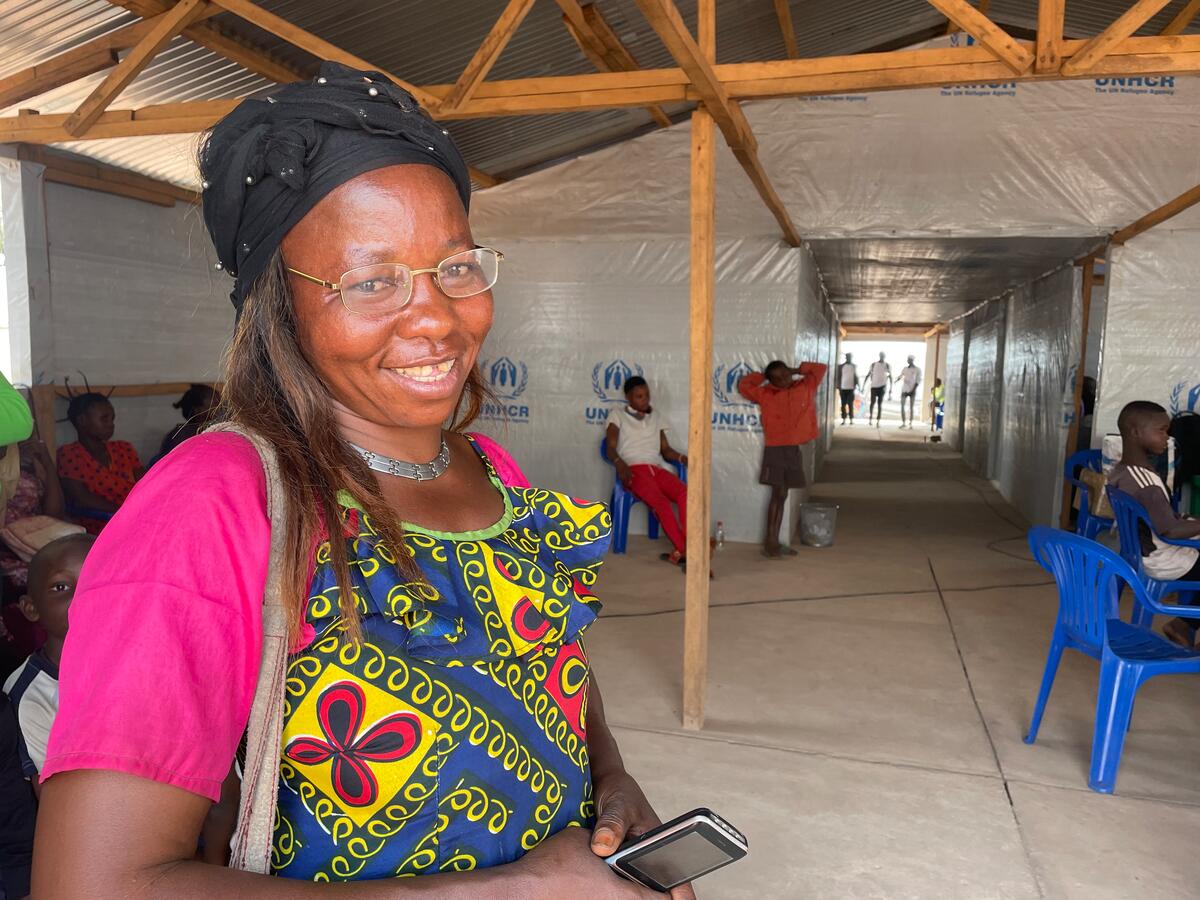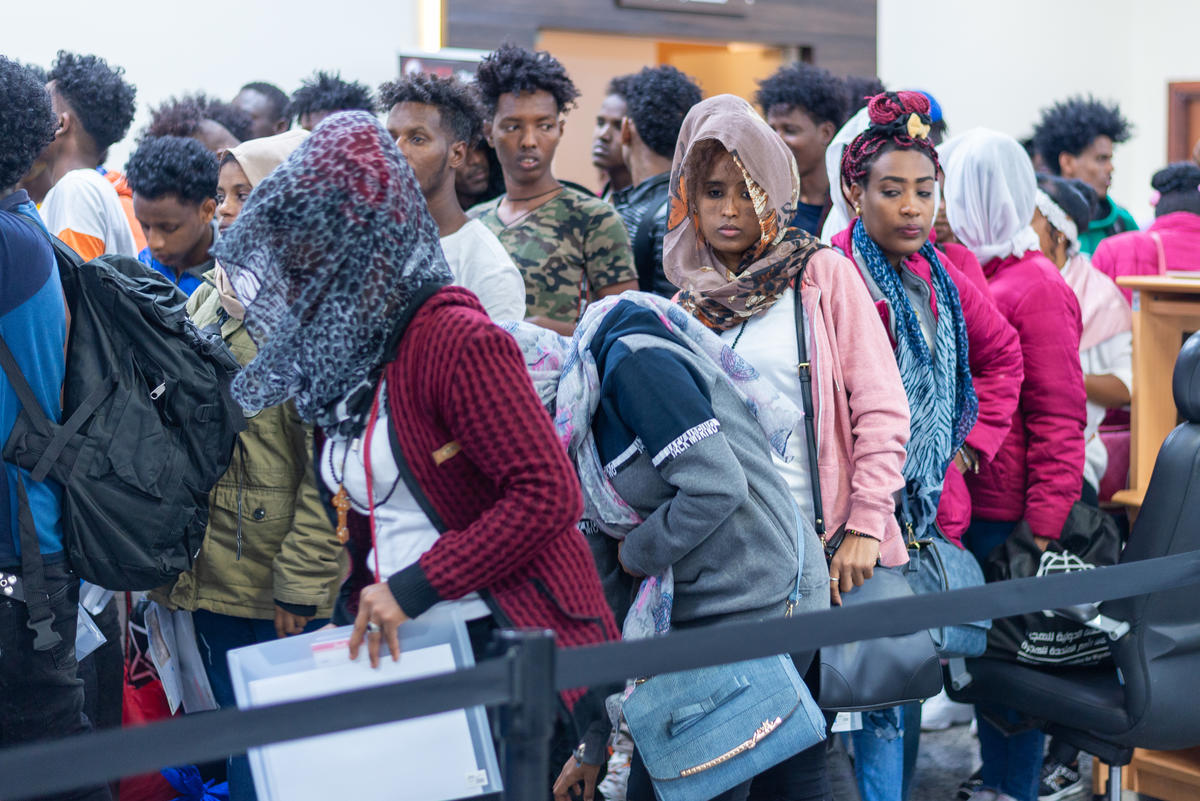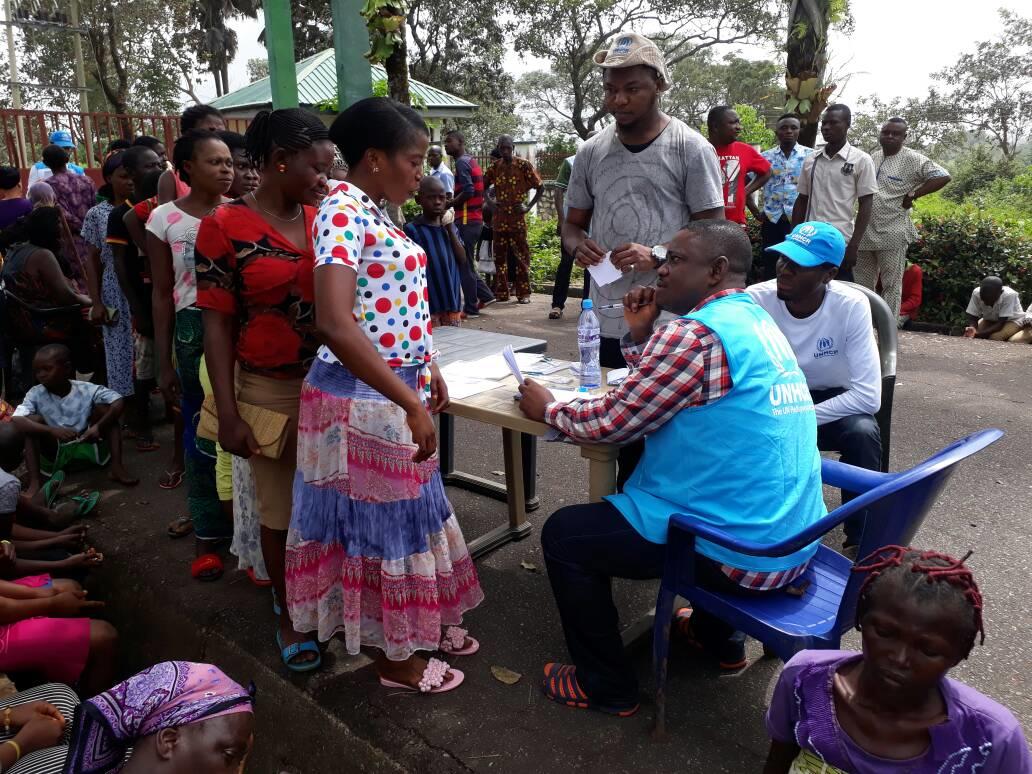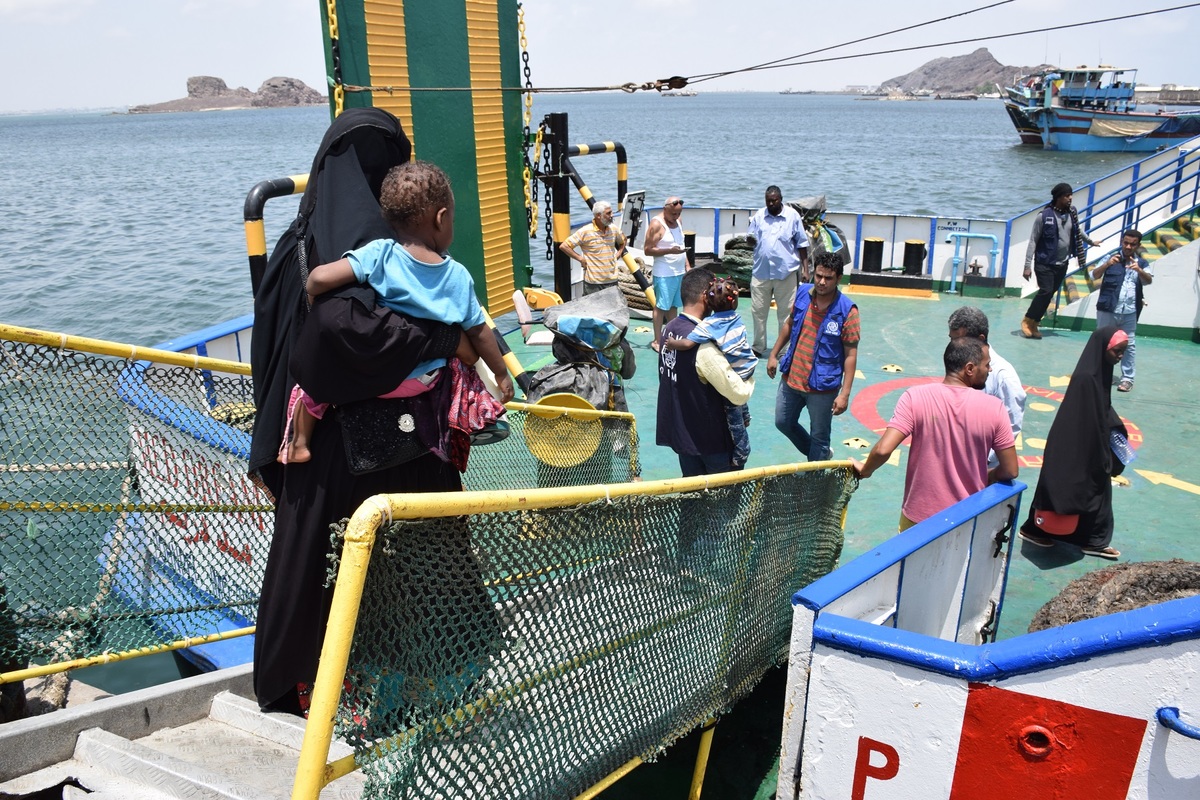Home is where the heart is for Angolans at Osire camp
Home is where the heart is for Angolans at Osire camp
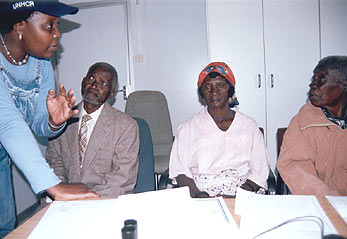
OSIRE CAMP, Namibia (UNHCR) - Changano Kahale, Osire camp's most senior citizen, would rather die in Namibia than return to her homeland in Angola.
The 89-year-old says she wakes up every morning with a prayer of thanksgiving. "I must do so everyday. I survived a long walk through the forests to reach here," she explains, but age has taken its toll on her ability to tell it all.
Her recollection of events leading up to her flight from Angola is scanty. She recalls only that one day at dusk, a group of armed soldiers swarmed into her compound in Cuando Cubango province. "They ordered us to vacate or face death. When we tried to collect our valuables, we were stopped. So we left in tattered clothing and without food to eat."
Arriving in Osire camp in 1999, Changano's sole surviving kin is a grandchild too young to know the horrors of war. The old woman's daily schedule involves getting the girl ready for school and preparing food for her when she returns. Otherwise, Changano spends most of the day sunbathing. Sometimes she has visits from her acquaintances, other refugee camp residents, whom she now regards as family.
Osire camp, which hosts 24,000 refugees from West Africa, the Horn of Africa, East Africa, and the Great Lakes Region, has been nicknamed OAU (Organisation of African Unity) for its multinational and multi-ethnic population. Still, Angolans make up the majority - approximately 91.5 percent - of the camp's inhabitants.
"I have been troubled throughout my life, but I am happy here," says Changano. "Since I arrived in 1999, the community has grown bigger. I am pleased to see that this community is reproducing. Many people have babies."
True to her observation, babies are daily work for clinic authorities. They believe the current birth rate of 45 to 55 a month is acceptable for a population of about 24,000 refugees in the camp.
Doctor Goody Nwagboso feels the reason for the camp's relatively high birth rate is psychological: "The community here believes that they have lost a lot of people during the war." So, he adds, it is presumed that they logically need to replenish the population.
One of Changano's acquaintances, Anna-Maria Lukawa, bore the brunt of the conflict in 1992. She is the longest-staying citizen of Osire, having arrived in 1993. At 71, she too vaguely recalls what happened in the long days of her escape from Angola, except she will never forget the day when soldiers set fire to her village.
She remembers seeing dead bodies littered around the village yard after the massacre. "It was a sad day," she says, "and when one morning I arrived in Kavango [in Namibia], I thought to myself, 'I have survived.'"
Anna was separated from her family during the conflict in Cuito Cunavale. When she arrived at Osire, she was accommodated at the police station. From then on, she has seen the camp expand from a few hundred refugees at the time to its current size.
Like Changano, Anna is determined not to return to Angola. But asked about her wish, she replies: "Someday in the future, God should permit that I reunite with my children."
In contrast, Osire's oldest male refugee, Kakunda Bava, hopes to return home once repatriation procedures are settled. He is 82, and arrived at Osire from Angola's Huambo province following the 1999 exodus to Namibia.
"I am looking forward to my home, so that I may be happy again," he says, to the surprise of Changano and Anna. He cannot tell his age without the help of his identity document, and only says, "I was born before cars were invented."
The two women retort, "You obviously did not suffer during your flight, to think of returning to Angola. We suffered. We are old and are happy here at Osire."
Changano adds, "I have suffered enough. I want to die here. The people here are enough to share my last days with."
The trio represents the diverse nature of refugees at Osire and their varying views on many issues that affect them. To some, Osire has become a temporary haven. To others, like Changano, it has become their final resting place.
Refugees like Kakunda are seriously weighing the chances of returning home. But most wonder what awaits them in their homeland. UNHCR is aware of these sentiments and is neither promoting assisted repatriation nor stopping those who wish to return. The agency believes that the refugees should return in safety and dignity.
This is also Namibia's unequivocal stance. But as the Ministry of Home Affairs' Permanent Secretary, Niilo Taapopi, says, "Credibility is our main concern."
Most Angolans have retained strong sentiments for their homeland. But aware of the situation there, many have remained doubtful that peace has at last returned in their country.
Twenty-seven years of almost continuous fighting have left Angola's social infrastructure in tatters. The prolonged instability, coupled with drought, has resulted in a critical food shortage. On top of the problem of displaced persons, the government also has to deal with the demobilisation of an estimated 60,000 combatants from the National Union for the Total Independence of Angola (UNITA).
Despite the death of UNITA leader Jonas Savimbi in February and the subsequent political détente between the government and the rebel group, most refugees at Osire camp have adopted a wait-and-see attitude.
"I heard on the radio that Savimbi has died. But it was the same in 1992. They told us that peace had returned. But here we are now," says Maria Rosa Mande. Her observation is shared by many who argue that the rebel leader's death will not necessarily bring an immediate return to peace.
The 53-year-old Maria is a widow with three children. She lost her husband to the war in 1985, and fled from Lubango province to Namibia in 1993. The horrors of war are too fresh in her mind to entertain thoughts of repatriation. She says her children, who are schooling in Osire, are her only reason for hope.
Inevitably, the question of repatriation for many of the Angolans at Osire camp will rest on the situation back home. As such, the Angolan government and UNHCR will need to keep refugees abreast of changing conditions in the country. More importantly, the donor community must back words of support with urgent action. Until then, home for the Angolans at Osire will continue to be a contentious question of where the heart is.
By David Nthengwe
UNHCR Namibia

